War photographers explain what makes image of Syrian child so devastatingly powerful
'It is the innocence, or more precisely the loss of it. Someone who should be playing games has instead been involved in the most violent act that humanity can commit'
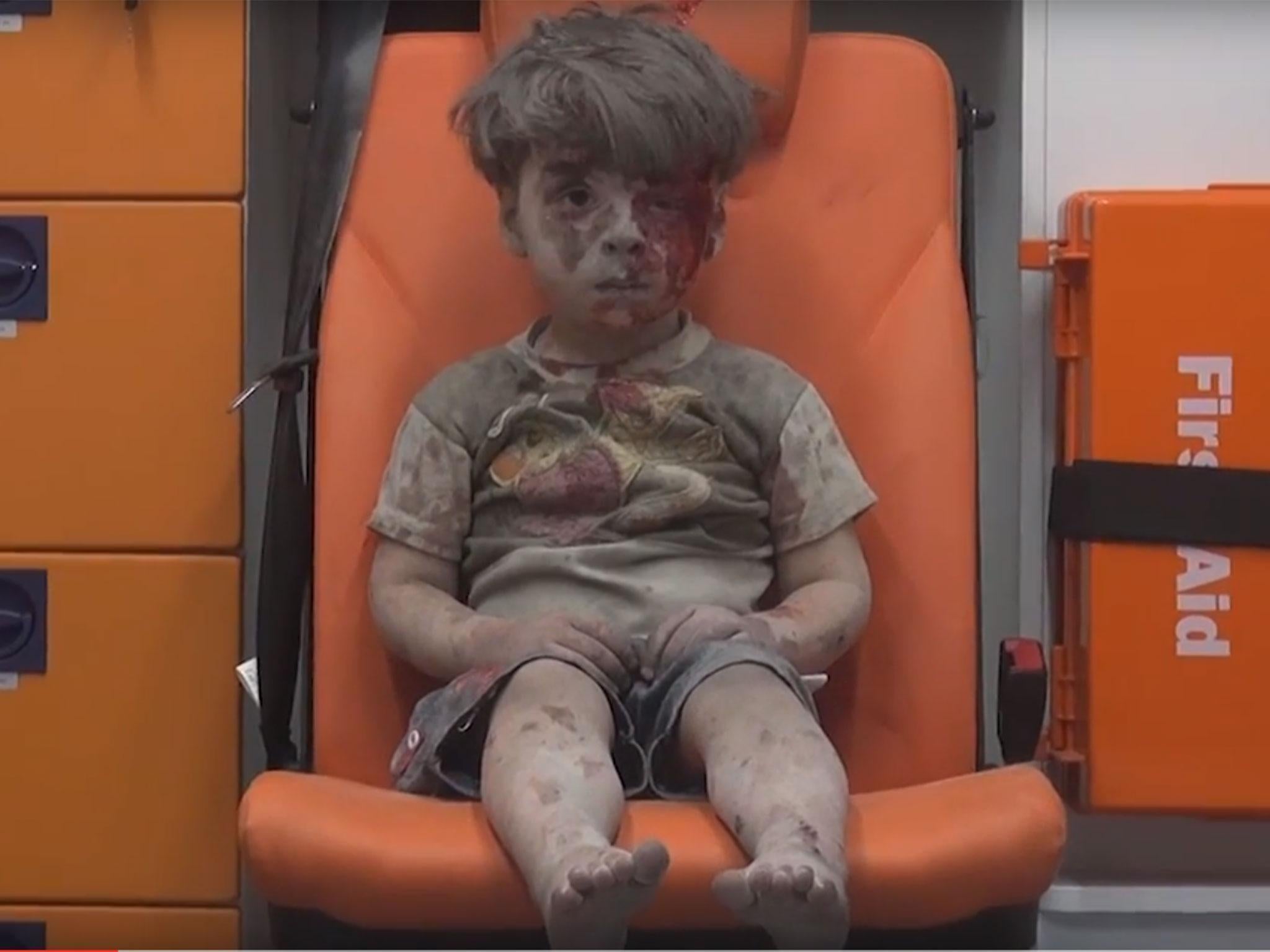
Your support helps us to tell the story
From reproductive rights to climate change to Big Tech, The Independent is on the ground when the story is developing. Whether it's investigating the financials of Elon Musk's pro-Trump PAC or producing our latest documentary, 'The A Word', which shines a light on the American women fighting for reproductive rights, we know how important it is to parse out the facts from the messaging.
At such a critical moment in US history, we need reporters on the ground. Your donation allows us to keep sending journalists to speak to both sides of the story.
The Independent is trusted by Americans across the entire political spectrum. And unlike many other quality news outlets, we choose not to lock Americans out of our reporting and analysis with paywalls. We believe quality journalism should be available to everyone, paid for by those who can afford it.
Your support makes all the difference.Five-year-old Omran Daqneesh is just one of the 7.5million children affected by the catastrophic war in Syria.
A picture of him looking dazed and bloodied after being pulled from rubble in Aleppo spread around the world, but what was it about this particular image which resonated so widely when so many hard-hitting photos are captured every day?
Three war photographers who have all witnessed horrific acts in Syria explained what they saw in it, how it affected them and why it became instantly iconic.
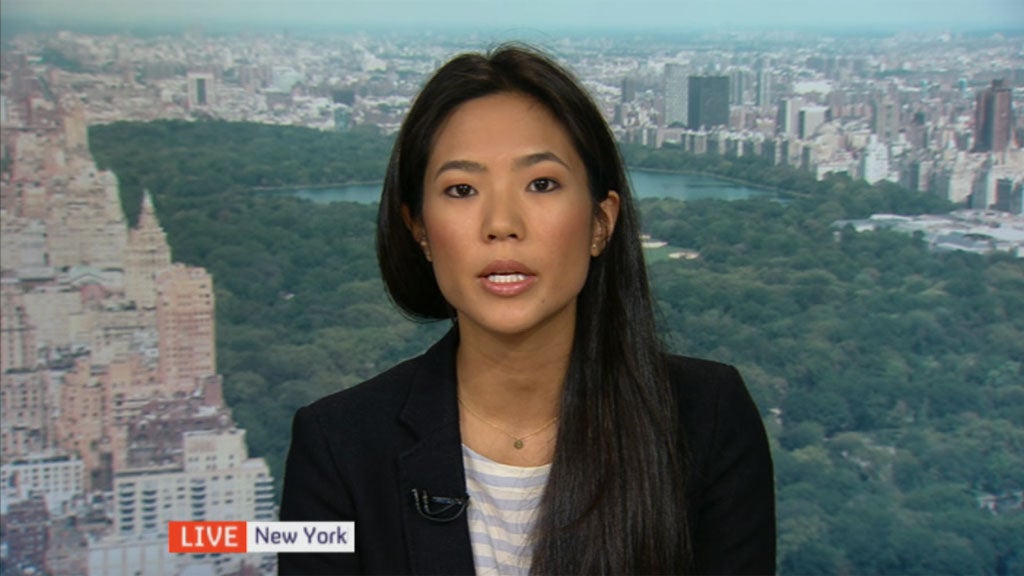
Award-winning American-born photographer Nicole Tung was a close friend of video journalist James Foley, who was kidnapped and beheaded by Isis in 2014. She has seen children with "missing heads" yet says the "loss of innocence" captured in this image is truy powerful.
The little boy’s face is just one of shock – it’s one I have witnessed over and over again.
I’ve spent time in hospitals in Syria where many children have been caught up in bombs. They may have seen their father or mother killed.
Often they are not crying. They have gone through something so violent but it has not been processed. The emotions don’t come to them.
The subject here is very young. It resonates with adults, particularly those who have children.
It could be their child. It is the innocence, or more precisely the loss of it. Someone who should be playing games has instead been involved in the most violent act that humanity can commit. It is truly shocking.
I feel hopeless after five years of watching this [war].
The picture is not the worst I’ve seen. I’ve seen kids with missing heads, missing limbs. The media has to censor because they don’t want their audiences to turn away. That is one of the biggest frustrations – not being able to show it accurately.
There is a line where something becomes so surreal that people cannot believe it any more.
This is not so graphic. He is covered in dust. It’s just before that line. People can’t turn away.
It is a good job that photographers have editors. There has to be a balance. When we are on the ground there is a tendency to want to show the realness.
People talk about war porn or trauma porn– it’s so horrific that people can’t process what it’s like.
Don’t forget the fragility of life and how quickly your normal life can change because it did for these people.
It’s never going to be the same again. This little boy speaks for so many people.
The remarkable thing about the picture of Aylan Kurdi was that afterwards so many people did end up going to volunteer. People felt compelled to help. There was something that they could do.
But in this situation they can’t do anything and that compounds the power of this picture.
It goes viral and everyone recognises that this is so horrible and so sad. But then you move on, because what else can you do?
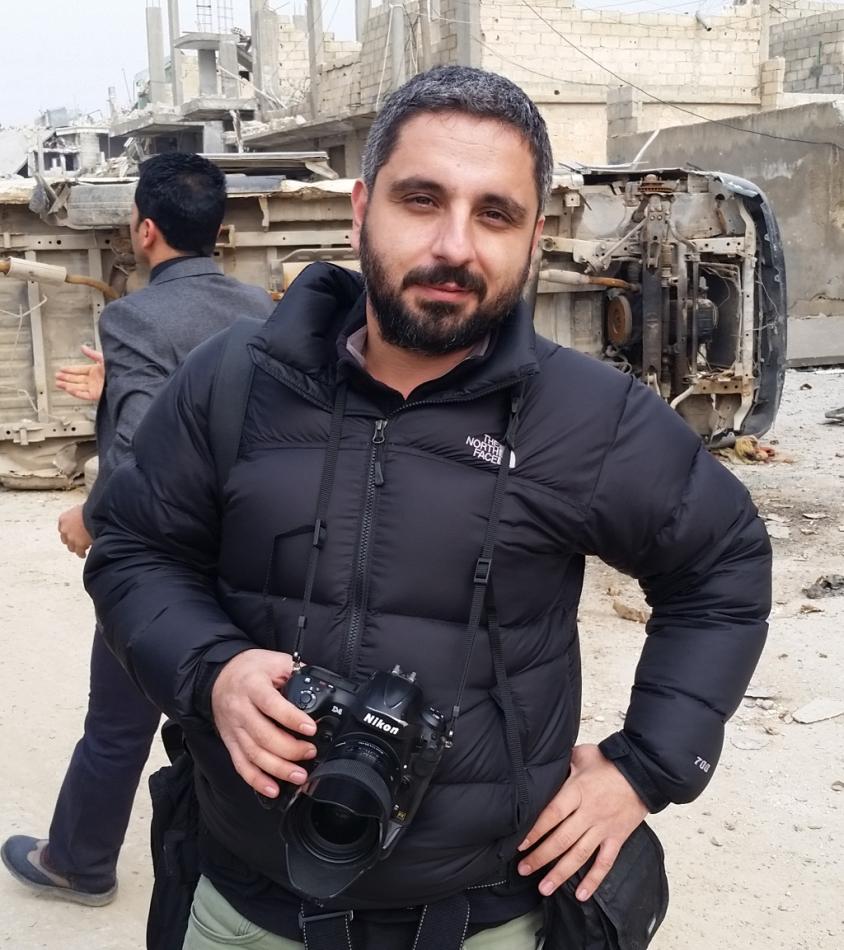
Award-winning photographer Bulent Kilic works as photo manager for AFP in Turkey. He began his career as a journalist for the local press and in 2005 became a photographer, joining AFP as a stringer two years later. He has carried out many foreign assignments including in Syria and Ukraine.
Pictures become effective when people see their own children on these faces.
Fathers or mothers think about their children as they see these youngsters lying on the beach or sitting in ambulance like they are just watching TV on chair.
This picture of a boy sitting in ambulance was very hard, even for me.
I have photographed many children who have been killed in war but this picture affected me a lot.
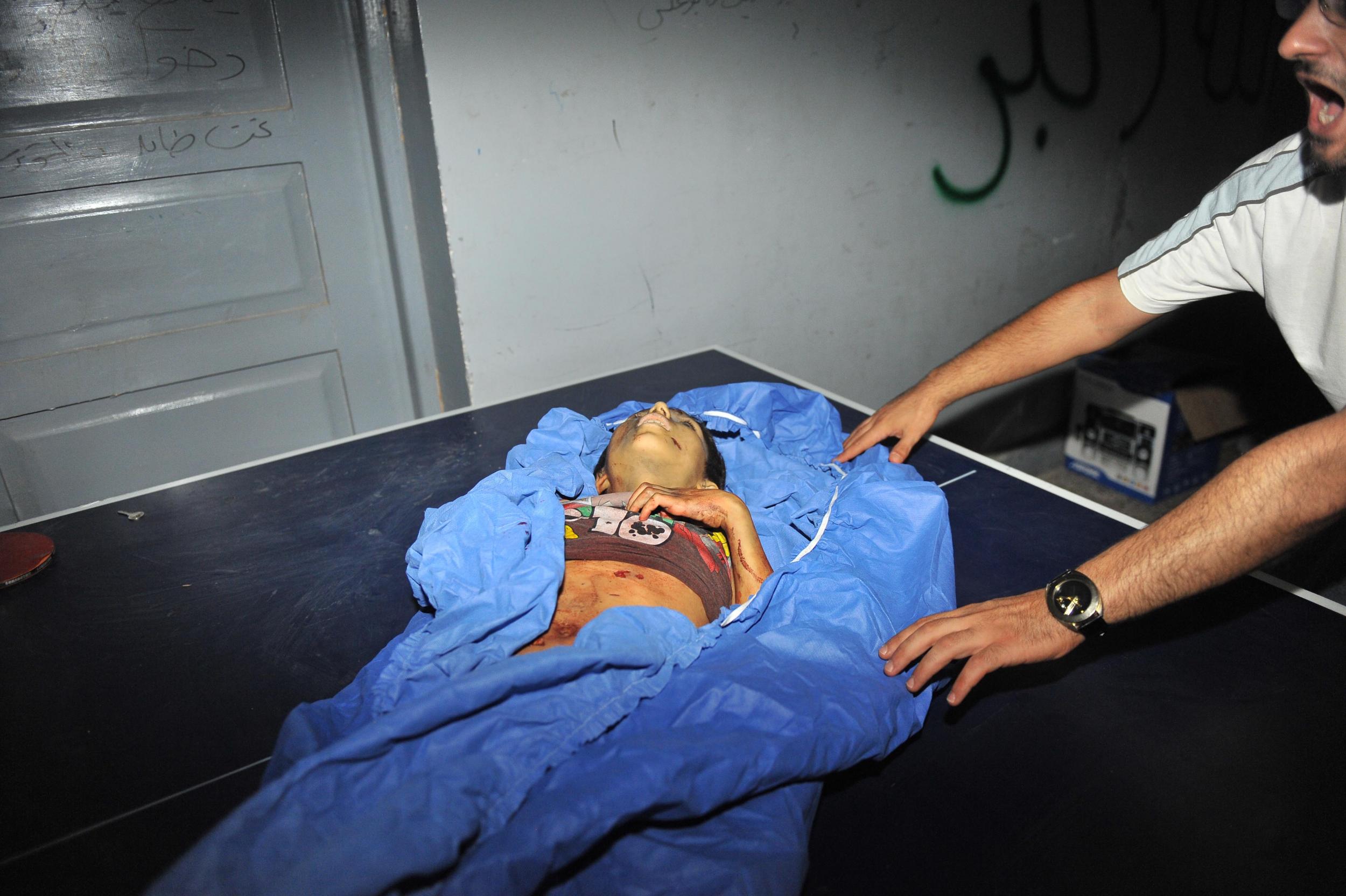
I watched the video too. The little boy was touching his face and looking at his hand - he does not know what happened to him.
In iconic pictures, things flow on from each other and the picture becomes perfect.
This happens kind of by chance, everything continues on from one another - light, face, symmetry. I call this the touch of God.
This picture is a big message to the world. But do you think this picture will stop the war in Syria?
Last year Europe opened their gates to Syrians but the war still goes on.
My aim with my pictures is to affect the people in charge who started this war.
I am not sure it will happen but if it does then then maybe there will solution for this war.
Then this picture will really have worked.
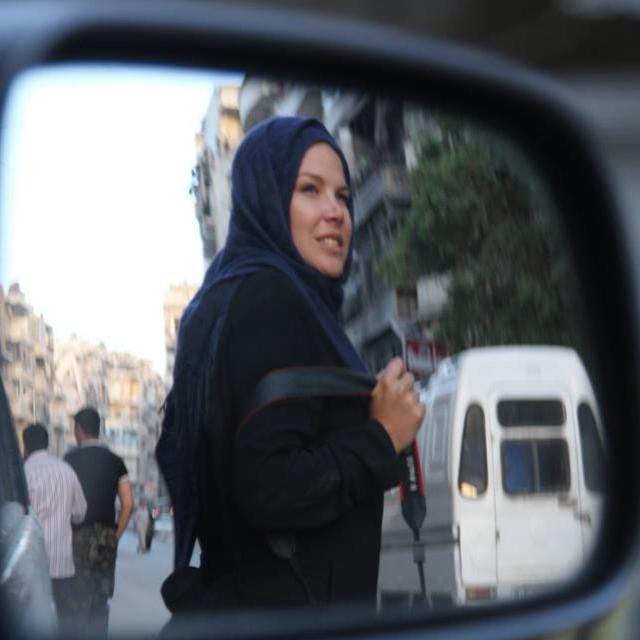
Emma Beals is a part-British freelance journalist who has been covering the conflict since 2012.
Sometimes it's what's not shown or not said that makes a picture resonate with people.
It's the space they can use to imagine and empathise from their own point of view.
For parents, the young boy is compared to their own children.
His small actions in the video are ones we can relate to - his confusion, his obvious shock, the way he wipes the blood off his hand.
The fact it jars so much also hammers it home. His mop of hair partially obscuring his eyes, his children's t-shirt, and his mannerisms look out of place covered in dust and blood.
No child should be alone, scared, confused and injured.
Any image that manages to garner attention for the suffering of the Syrian people is useful. It's not a competition in suffering.
The problem is that everyone professes concern for a short time but nothing happens.
We have seen this pattern before. Debating which picture goes viral or how much suffering or gore an audience can withstand is meaningless without debating where the line is where the world says 'enough' and puts a stop to this.
An image can only show so much. The suffering that has gone on in Syria for years now can't be captured by an image, or a short video.
You can't adequately portray hunger in words. You can't show the enormity of losing your whole family, or of being displaced from a city you've lived in for generations to live in a tent.
The image of the young boy does not accurately capture the visceral feeling of helplessness and terror you feel when you hear the planes circling overhead and the crunch of impact when barrel bombs hit the ground around you.
It doesn't portray the level of stress you live in day in and day out and the havoc that wrecks on your physical and mental health.
The scale and depth of the suffering in Syria is almost impossible to comprehend when you're there yourself, seeing it with your own eyes, so there's no way you could adequately portray it in the media.
Were it possible, something would have been done to end the war by now.
Join our commenting forum
Join thought-provoking conversations, follow other Independent readers and see their replies
Comments